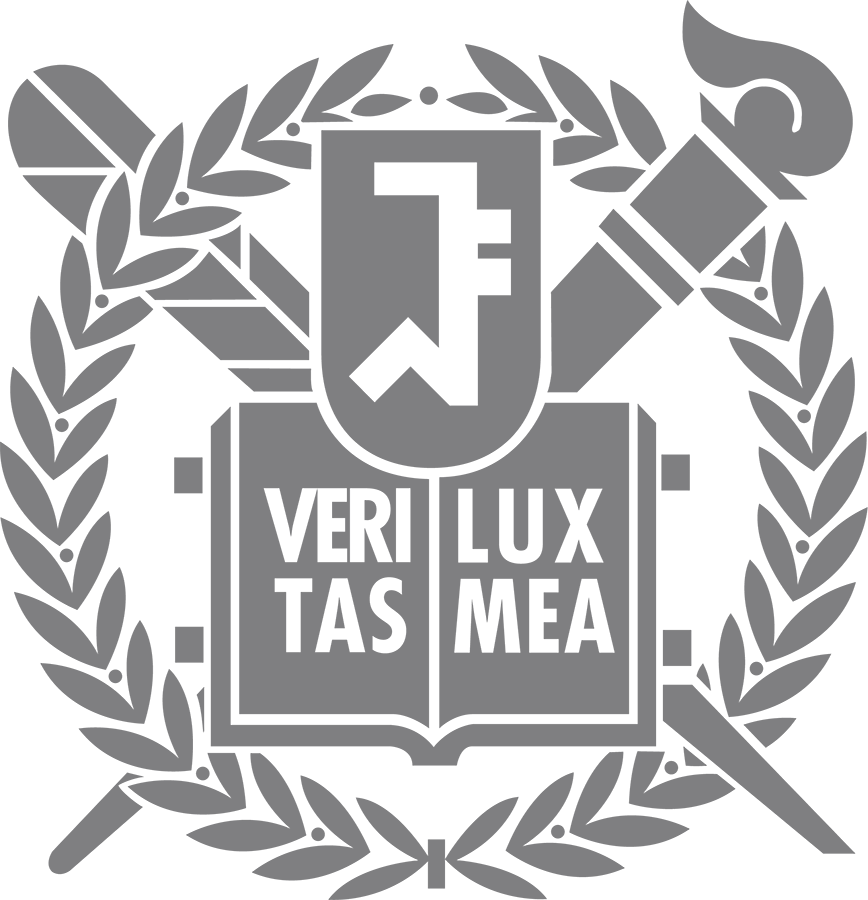Department News
[Opinion] Establishment of an entrepreneurship university ecosystem
Author
이수빈
Date
2023-03-08
Views
592

Pahk Heui Jae, Professor of Mechanical Engineering, Seoul National University
Korean university publishesly papers without patents
Innovation Technology is free to disclose
To be an intellectual property with commercial value
In desperation of changing the system of 'patented papers'
Our university is now in a crisis of unprecedented financial crisis. It is difficult to cover ordinary expenses, so it is notly reducing the number of subscriptions to journals in libraries, let alone investing in new education, but also not repairing buildings that leak rain. This is a common phenomenon in all national and private universities across the country, regardless of the metropolitan area and province, and is truly worrisome in terms of education for the future of the youth generation. It is well known that Stanford University and other foreign universities have established an ecosystem of entrepreneurial universities, including commercialization, technology transfer, start-up, and reinvestment in innovative technologies. The most important starting point and basis for establishing such an entrepreneurial university ecosystem is the high-tech intellectual property (patents) created in universities. This is because high-tech intellectual property is an asset of commercial value and without such intellectual property, it cannot take a step forward in global market competition. What is the status of advanced technology intellectual property in a university where about 70%of Korean science and engineering doctoral holders work? In short, the amount, quality, and related budgets of intellectual property are very vulnerable, so there is nothing to say. According to the Korea Intellectual Property Office, the technology transfer income by intellectual property in 2016 is 5 billion won for Pohang University, 4.8 billion won in Seoul National University, and 2.7 billion won in KAIST, while the US Stanford University is 110 billion won, which is almost equivalent to the technology transfer imports of Korea's universities. In addition, the budget for patent applications and maintenance shows that in 2016, KAIST was 5 billion won, Yonsei University 3.7 billion won, and Seoul National University's 3.6 billion won. Also, our university has a very small number of international patent applications due to the limitations of patent budget, making it a big obstacle to the global competitiveness of intellectual property. Another problem is that the evaluation of researchers in the university is almost centered the paper, so many innovation technologies are published as a paper without patent application. According to the Patent Act, patents are rejected for known technologies such as papers published at home and abroad before patent application, and tricky exceptions are recognizedly for papers up toe year before application. Therefore, if the technology developed as a paper first, the technology is already rejected because the technology is already lacking newness. In addition, due to the facts of the notice, the defense as a patented technology is weakened, and most of the time, the value of intellectual property is lost from the perspective of commercialization and technology transfer. So, in order to become intellectual property with commercial value, it is imperative to have a "patent first, paper later" system in which patents are issued first and papers are published later, which is also not well done due to the indifference of universities and researchers and lack of budget for patent applications. It is the same result as the free disclosure of innovative technologies to the international community at the moment when technologies developed at a large amount of national research funds are published as papers at home and abroad without proper intellectual property. The recent mass production of excellent technologies developed by leading universities in Korea in third countries was caused by publication in overseas papers without patent applications. The problem is that there are so many such cases around our university. Even now, our university should have an intellectual property strategy to build an entrepreneurial university ecosystem, especially the national financial support for the university's international patent application budget and the evaluation of university researchers.
Source: https://www.sedaily.com/newsView/26ESP7FILU

